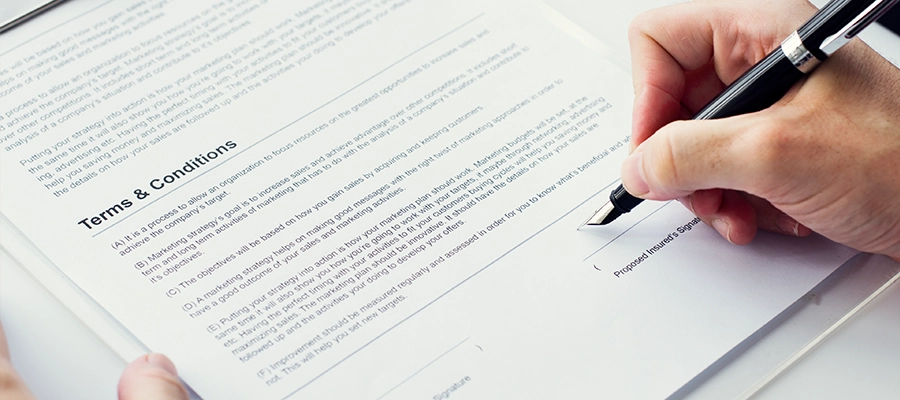In today’s digital landscape, where personal data is both a valuable asset and a subject of concern, a robust privacy policy is paramount. A well-crafted privacy policy serves as a guiding document outlining how an organization collects, uses, and protects user information. Let’s delve into the intricacies of a privacy policy, drawing insights from a comprehensive framework commonly found in such documents.
- Introduction: A privacy policy typically begins with an introduction that underscores the organization’s commitment to safeguarding user privacy and complying with relevant laws and regulations. This section aims to establish trust and transparency from the outset, laying the foundation for user confidence in the organization’s data practices.
- Consent and Updates: User consent forms the cornerstone of data collection and processing activities. A robust privacy policy should clarify that by using the organization’s services or accessing its platform, users implicitly agree to its terms. Furthermore, the policy should outline procedures for notifying users of any material changes, ensuring ongoing consent and transparency.
- Opt-Out Provision: Respecting user autonomy is paramount. A privacy policy should include provisions for users to opt out of data collection and processing activities. By providing clear instructions on how to do so, organizations empower users to assert control over their personal information.
- Collection of Personal Information: The policy should detail the types of personal information collected and the methods used for its acquisition. Importantly, it should clarify that only information provided voluntarily or available in the public domain is collected, fostering transparency and user trust.
- Use of Personal Information: The policy should articulate the purposes for which personal information is collected and used, ensuring alignment with specific organizational objectives. By providing clarity on data usage, organizations demonstrate transparency and accountability in their data practices.
- Sharing Personal Information with Third Parties: Instances where personal information may be shared with third parties should be clearly delineated in the policy. By stipulating the conditions under which data is shared, organizations establish transparency and accountability in their data-sharing practices.
- Use of Cookies: If cookies are used for enhancing user experience or analyzing site traffic, the policy should address their usage and implications for user privacy. By informing users about cookie management options, organizations empower users to make informed decisions about their privacy preferences.
- Retention and Security of Personal Information: The policy should outline the organization’s approach to data retention and the security measures employed to protect user information. By reassuring users of robust security measures, organizations foster trust and confidence in their data handling practices.
- International Data Transfer: If data processing involves international transfer, the policy should clarify the jurisdictions involved and the measures taken to ensure compliance with relevant laws and regulations. Transparent communication about data transfer practices enhances user trust and confidence.
- Disclaimers and Limitations of Liability: The policy may include disclaimers regarding external links and user-contributed content, mitigating the organization’s liability for third-party actions. By setting clear boundaries, organizations minimize legal risks associated with user-generated content and external links.
- User Rights: Users should be empowered with rights to access, rectify, and erase their personal information, as well as to withdraw consent and lodge complaints. The policy should pledge to facilitate the exercise of these rights while upholding legal obligations, fostering trust and accountability.
- Grievance Officer: Designating a grievance officer to address user concerns and complaints promptly demonstrates the organization’s commitment to resolving privacy-related issues effectively. Providing a dedicated point of contact enhances accountability and transparency in conflict resolution.
- Legal Compliance: In compliance with relevant legislation, such as the Digital Personal Data Protection Act of 2023, organizations should ensure that their privacy policy aligns with stipulated requirements for data protection and privacy. Adhering to legislative provisions enhances legal compliance and user trust in the organization’s data handling practices.
In conclusion, a comprehensive privacy policy plays a pivotal role in navigating the complexities of data protection and privacy regulation in the digital age. By prioritizing transparency, user consent, and data protection, organizations can foster trust, enhance user experiences, and maintain compliance with regulatory standards. In doing so, they uphold privacy as a fundamental right in the modern digital landscape.
We Are Problem Solvers. And Take Accountability.
Related Posts


Conversion of Partnership Firm to LLP – Step by Step Process
For many entrepreneurs in India, a partnership firm serves as the foundational legal structure for their business ventures. However, as...
Learn More

Memorandum of Association – MoA Clauses, Format & Types
The Memorandum of Association (MOA) is one of the most essential documents in the company incorporation process, forming the foundation...
Learn More

POSH Compliance Checklist in India – Complete Guide
The POSH Act, formally known as the Sexual Harassment of Women at Workplace (Prevention, Prohibition and Redressal) Act, 2013, is...
Learn More












